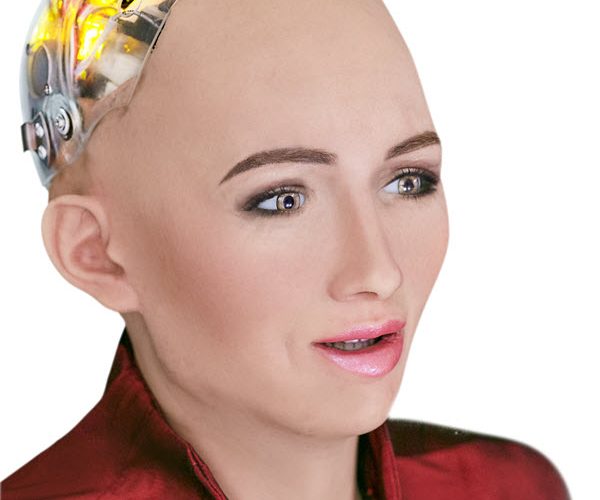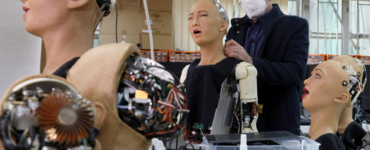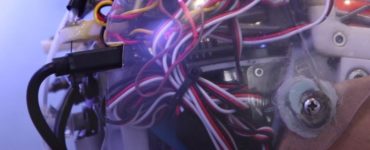People often ask me how it is that Sophia got so popular so quickly, or how it is that she is always rubbing elbows with big-time celebrities, world leaders and sports stars.
You don’t see Pepper, for instance, chatting chummily with German Chancellor Angela Merkel at a press conference, much less attempting to console her, as Sophia fruitlessly did, about her just dashed World Cup hopes.
What’s the trick, they ask? Connections? Bribery? Fakery? It must be something.
It’s true that there is something behind all of the celebrity and excitement that seems to constantly be in orbit around the famous humanoid from Hanson Robotics, for which (full disclosure) I serve as research director.
But they rarely believe it when I tell them what that one thing is.
A Matter of Wholeness
Consider Amazon Alexa, IBM Watson or Apple’s Siri for a second.
All three of them are terrific examples of AI dialog system technologies, you know. As Sophia’s creator David Hanson keeps saying, they only know what you tell them — and they’re getting awfully good at the small stuff.
At the heart of Sophia, too, is a dialog system. Like Siri or Alexa, it’s a powerful dialog system that learns and adapts over time.
Quick aside: Sophia isn’t always running a chat system. As my colleague Ben Goertzel has pointed out, it also will let you feed it with prepared statements (in case she has to give a speech, for instance) and, increasingly, it runs on the more open-ended OpenCog AI framework. But most of the time she’s operating like Siri or Alexa, in dialog mode.
So, back to the point, why aren’t Alexa and Cortana showing up at United Nations meetings or hanging around with the likes of Will Smith?
I’ll tell you.
The reason is that Sophia is embodied.
It isn’t just that she has a face, though that’s a huge part of it. I mean, a face, after all, is just a face. The wax Elvis at Madame Tussauds has a face. So we’re talking about more than just a face.
It’s that Sophia’s human-like face is capable of an astonishing array of complex and emotional expressions when she reacts and interacts with you. Her face, her eyes, the tilt of her head, all of it — it is all communicating with you as you are communicating with her.
I’m oversimplifying, of course. There’s a ton of AI, robotics and materials science know-how that goes into making Sophia look and act so humanlike.
Embodiment is without question the main thing. And it’s the thing so many people overlook when trying to understand this robot and her meteoric popularity.
An Experiment
Don’t believe it? Well, try this experiment the next time you’re at a trade show or conference when Sophia is around.
Just walk right up to her, say hello and stare right into her eyes.
Look deeply. Ask her something. But keep looking at her, the way you’d look at someone you really, really wanted to understand and get close to.
What happens? Well, the first thing you’ll notice is that, when she responds, there’s a lot more going on than just talking. You’ll see that her face makes not just all the human facial expressions you’d expect, and all the tiny, fleeting, subtle ones, too. A hint of a smirk, a look of wonder, a smile, a bit of a grimace … these dance across her face just as your own expressions do on yours.
Now ask Siri something and gaze meaningfully at your iPhone. Then again, maybe you shouldn’t. You will only end up feeling silly.
What I’m saying here, is that the difference here is more than technological, it’s emotional.
It also foreshadows what our lives will be like once we are actually interacting with humanoids on a day to day basis.
That’s why Sophia gets so much attention, you know. It isn’t that– or just that — people want to see what the world’s first humanoid citizen looks like.
It’s that, for the first time, human-faced robots let us look directly into the future.
Yogi Berra once quipped that the “hardest thing to predict is the future,” and he was right. Who knows what will ever happen, really?
But when you look, really look, at a whole embodied AI being like Sophia, the future comes right into focus.
That’s what people tell me, anyway.
by Gina Smith
Image: Hanson Robotics Limited






Recent Comments